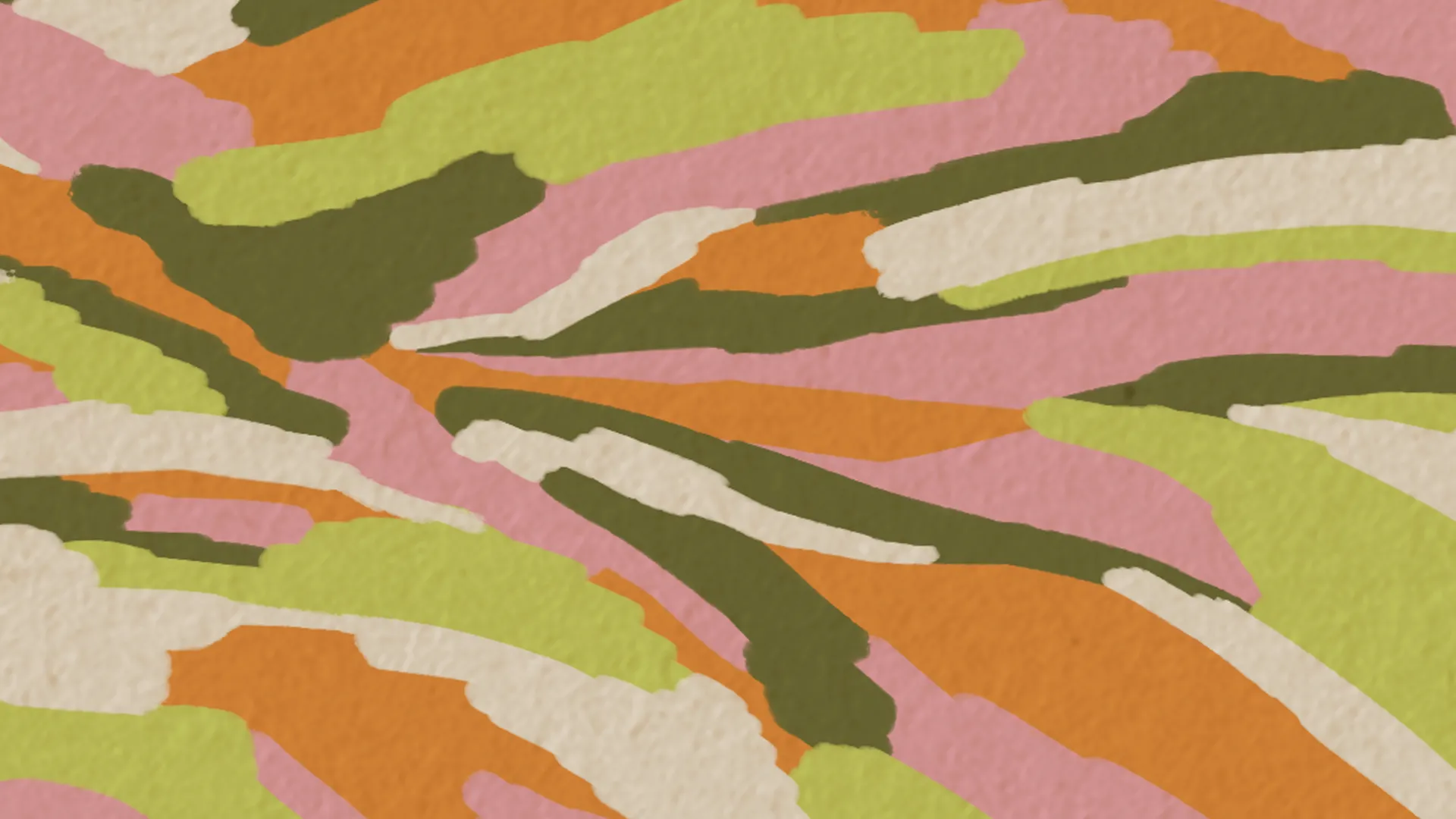Breadcrumb
What is a Welcome to Country?
A Welcome to Country is a cultural practice carried out by a First Nations Traditional Owner to welcome visitors to their Country.
A Welcome to Country can include many different expressions of Culture, such as:
- singing
- dancing
- a smoking ceremony
- a speech.
A Welcome to Country should be given a position of high importance at any event. According to cultural protocol, it should be the first thing that happens.
A Welcome to Country can only be delivered by a Traditional Owner, or a First Nations person who has been authorised by the Traditional Owners, to welcome visitors to the local Country.
When to have a Welcome to Country
As a matter of cultural protocol, large events should invite a First Nations custodian or representative of the Traditional Owner group to provide a Welcome to Country at the beginning of the event.
Such events might include:
- Openings or launches, such as the opening of a new exhibition
- Conferences, forums, summits, and major public events
- Community events, commemorations, and festivals
- Major workplace events – leadership gatherings, reconciliation activities, organisational milestones, or staff celebrations
- Town halls or consultation workshops that bring together diverse members of the community
- Significant academic events, e.g. graduations
In short, any major or significant event should open with a Welcome to Country.
If a Welcome is not possible, then an Acknowledgement of Country is an acceptable alternative. Learn more about Acknowledgment of Country.
How to organise a Welcome to Country
Step 1 — Know what Country you are on
Do some research to understand what Aboriginal or Torres Strait Islander Country you are on. Often, you will be able to find this out by contacting your local council or visitor information centre, or even just by checking their website.
You can also check the AIATSIS Map of Indigenous Australia to guide you (noting that some of the boundaries are contested and some First Nations groups are not marked on the map).
If you are still unsure, there are a number of state and federal First Nations peak bodies for various sectors across the country – health organisations, art centres, native title service providers, and so on.
You can also try contacting a peak body for your broad region (e.g. NTSCORP Ltd for NSW, VACCHO for Victoria, etc.) to find out about Traditional Owner groups within that region.
Step 2 — Look for First Nations representative bodies
Look for First Nations representative bodies for that Country and Traditional Owner group, such as local Aboriginal Land Councils, Native Title PBCs (prescribed bodies corporate), Elders Councils or other types of community-run organisation.
First Nations organisations will often have a service on their website for Welcomes to Country if they frequently provide them.
If they don’t, you can reach out to them to ask if they can help you find a Traditional Owner in your area to provide a Welcome to Country.
Step 3 — Pay for a Welcome to Country
It is appropriate and respectful to pay for a Welcome to Country. Fees for Welcomes will usually be set by the community organisation or Traditional Owner who is providing the Welcome.
Payment:
- recognises the value and importance of the First Nations Culture and Country of the land
- recognises the time and significance of the Traditional Owner/s who perform the Welcome to Country
- respects the right of First Nations people to benefit from cultural expressions and ICIP. Learn more about respectful use of ICIP.

The content in the body of this page including text and graphics, excluding artwork, is owned and licensed by Terri Janke and Company. Learn more about copyright for materials owned by Terri Janke and Company.
More in this section:
About cultural events and ceremonies
Cultural events and ceremonies create spaces for both First Nations and non-First Nations people to come together. They provide opportunities to celebrate, share and keep First Nations Culture strong. Whether organising an event or simply attending, it's important that these events are respectful, inclusive, and culturally safe for everyone involved.
Acknowledgement of Country
An Acknowledgement of Country recognises Country and the Traditional Custodians of lands and waters where we live, work and play. When done meaningfully, Acknowledgments help to create culturally safe spaces and build relationships between First Nations and non-First Nations people.




